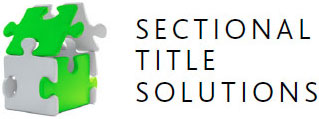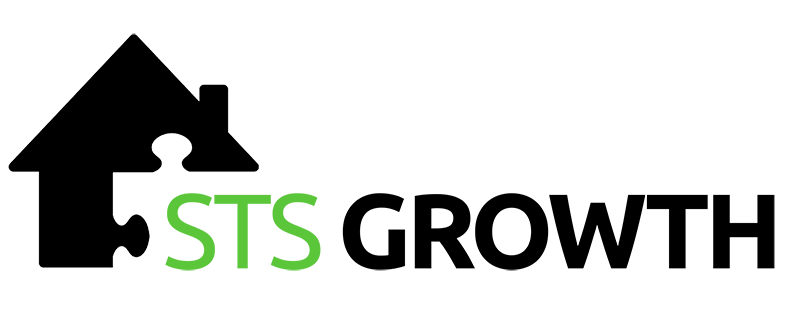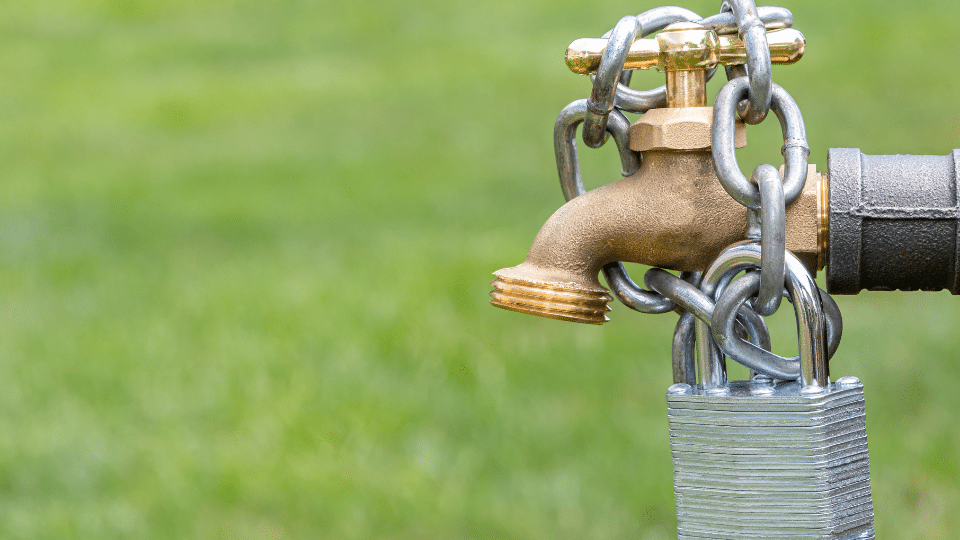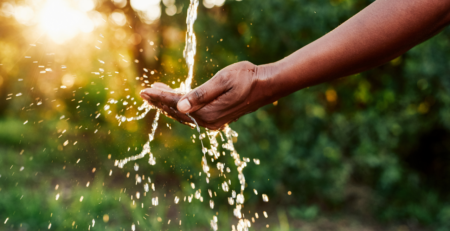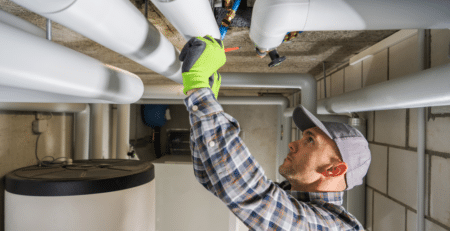Water shedding in South Africa: what homeowners need to know
As South Africa bids farewell to load shedding, there’s a new term emerging in the public discourse: water shedding. While it may seem like a distant concern for many, the reality is that water shortages are becoming a significant challenge for the country. From shifting rainfall patterns to strained infrastructure, South Africa is facing a growing water crisis that is affecting both urban and rural communities.
In this blog post, we’ll explore what water shedding is, how it could impact homeowners, and what steps you can take to prepare for this emerging challenge.
READ: A better way to manage and monitor water consumption
What is water shedding?
Water shedding, much like load shedding, refers to planned water supply interruptions or rationing implemented by municipalities or water authorities to manage water scarcity. While load shedding was a response to power shortages, water shedding is a response to South Africa’s declining water resources – which have been exacerbated by prolonged droughts, climate change, and inefficient water infrastructure.
Water shedding typically occurs when the demand for water exceeds the available supply, forcing authorities to ration water in a controlled manner. This can mean scheduled water outages, reduced water pressure, or even complete cuts in supply in certain areas for a specific period of time.
This problem has become more pressing in South Africa over the past few years. The Department of Water and Sanitation has raised alarms about the state of the country’s water resources, with some regions already experiencing significant shortfalls.
Why is water shedding happening in South Africa?
South Africa is one of the driest countries in the world. While water is a critical resource for economic growth, agriculture, and daily living, the country has been grappling with an array of challenges that make managing its water resources more difficult.
- Droughts and climate change: Prolonged periods of drought have placed immense pressure on South Africa’s water supply. In recent years, many regions, particularly parts of Gauteng, have seen reduced rainfall. These changing weather patterns are linked to climate change, which is expected to worsen in the coming decades.
- Decreasing water quality: Over-extraction of groundwater and the pollution of rivers, lakes, and dams have compromised the quality of South Africa’s water resources. In some areas, the water is no longer safe for consumption without treatment.
- Aging infrastructure: South Africa’s water distribution networks are aging and under-maintained. Leaking pipes and outdated infrastructure mean that much of the available water is lost before it ever reaches consumers. This, combined with the growing population and increasing urbanisation, has resulted in the need for careful management of water resources.
- Population growth: South Africa’s population continues to grow, which increases demand for water for domestic use, agriculture, and industry. The country’s current water systems were not designed to meet the needs of an ever-growing population.
What does water shedding mean for homeowners?
As water shedding becomes more common, homeowners will likely experience some inconvenience and challenges. Here’s what you need to know about how it may affect your daily life:
- Scheduled water outages: In areas where water shedding is implemented, you may experience regular and scheduled water outages. These outages could last for several hours or even days at a time, and the frequency may vary depending on the severity of the water crisis in your region.
- Decreased water pressure: If you are not facing complete water cuts, you may still experience reduced water pressure, meaning your taps, showerheads, and other fixtures may deliver only a trickle of water. This can make daily tasks, such as washing dishes or taking a shower, more challenging.
- Increased costs: The economic impact of water shedding can be significant for homeowners. When water availability is limited, utilities may raise rates to cover the costs of maintaining and expanding infrastructure. Moreover, the reliance on bottled water or private water suppliers can also increase already stretched household expenses.
- Health and hygiene concerns: Prolonged water shortages can lead to health risks. When clean water is scarce, there’s a higher likelihood of waterborne diseases due to poor hygiene and sanitation. These concerns become even more pressing in densely populated areas or communities with limited access to alternative water sources.
Looking ahead: The future of water in South Africa
Water shedding may be a temporary solution to a much bigger problem, but the long-term solution lies in better management, investment in infrastructure, and more sustainable water practices. As South Africans, we need to be prepared for the realities of a drier future while also working together to conserve and protect this precious resource.
